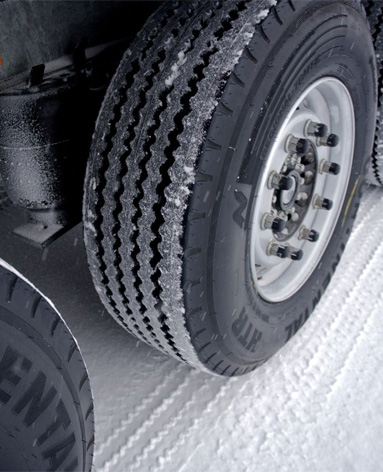Aug . 21, 2024 09:12 Back to list
Steps to Replace Brake Drums with Disc Brakes for Improved Performance
How to Change Brake Drums to Discs
Upgrading your vehicle's braking system from drum brakes to disc brakes can significantly enhance braking performance and safety. Disc brakes offer better heat dissipation, improved stopping power, and reduced fade compared to traditional drum brakes. While the process may seem daunting, with the right tools and knowledge, you can successfully make the switch. Here’s a detailed guide on how to change brake drums to discs.
1. Gather Your Tools and Materials
Before you begin, ensure you have all the necessary tools and materials. You will need - A set of quality disc brakes (rotors and calipers) - New brake pads - Brake lines and fittings (if necessary) - A jack and jack stands - Lug nut wrench - Socket set and wrenches - Brake cleaner - Torque wrench - C-clamp or brake caliper tool
2. Prepare Your Vehicle
Start by parking your vehicle on a flat surface and engaging the parking brake for safety. Loosen the lug nuts slightly while the wheels are still on the ground. Then, use a jack to lift the vehicle and secure it with jack stands. Remove the wheels to access the brake components.
3. Remove Existing Drum Brakes
With the wheels off, locate the drum brakes at each wheel hub. Remove the drum by taking off the retaining screws (if present) and gently pulling the drum off the hub. You may need to tap it lightly if it’s stuck. Once removed, take off the brake shoes, springs, and other associated hardware. Keep track of how everything is assembled for reference.
4. Install the Disc Brake Setup
Begin by installing the new brake rotor onto the wheel hub. Make sure to clean any old grease or debris from the hub before installation. Secure the rotor with the appropriate hardware. Next, install the brake caliper bracket according to the manufacturer’s instructions. Ensure it is tightly secured using a torque wrench.
how to change brake drums to discs

5. Add the Brake Calipers and Pads
Once the caliper bracket is in place, you can install the brake pads into the caliper. Before mounting the caliper onto the bracket, compress the caliper piston using a C-clamp or brake caliper tool to make it easier to fit over the pads. After the pads are in place, position the caliper over them and secure it.
6. Connect Brake Lines
If your new disc brakes require different brake lines, carefully remove the drum brake lines and install new ones compatible with your disc brakes. Ensure all connections are tight to prevent leaks. If you're not comfortable doing this yourself, consider consulting a professional mechanic.
7. Reassemble the Wheels
After all components are installed, double-check that everything is securely fastened and there are no stray parts left behind. Reattach the wheels and tighten the lug nuts by hand. Once the vehicle is back on the ground, use the torque wrench to securely tighten the lug nuts to the vehicle manufacturer’s specifications.
8. Test the Braking System
Before hitting the road, it’s crucial to test your new braking system. Start the vehicle and pump the brake pedal several times to ensure the calipers and pads are seated correctly. After confirming that the brakes feel firm, take the vehicle for a slow drive in a safe area to test the new brakes. Pay attention to how the vehicle responds and listen for any unusual noises.
Conclusion
Switching from drum brakes to disc brakes can dramatically improve your car’s braking performance. By following these steps carefully and ensuring all components are installed correctly, you can enhance not only your vehicle's performance but also your safety on the road. If at any point you feel uncertain about the process, don’t hesitate to seek professional assistance—it’s better to be safe than sorry!
-
Explore Japan: Ultimate Travel Guide & Authentic Experiences
NewsAug.19,2025
-
Your Brake Drum Man: Premium & Reliable Brake Drums for Sale
NewsAug.18,2025
-
ROR Web Development: Build Fast, Scalable, Secure Apps
NewsAug.17,2025
-
Scania Brake Drums: OEM Quality for Optimal Safety & Durability
NewsAug.16,2025
-
R.V.I: Advanced Remote Visual Inspection for Precision
NewsAug.15,2025
-
Discover HYUNDA: Innovative Vehicles, Equipment & Solutions
NewsAug.14,2025
